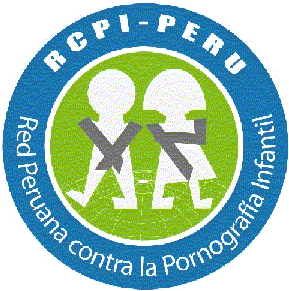Blog Beware
 Recent incidents involving internet crimes against children have been prominent in the media. In some incidents, the crimes have involved suspects and victims who met each other on social networking or blogging sites such as MySpace, Friendster, Xanga, and Facebook.
Recent incidents involving internet crimes against children have been prominent in the media. In some incidents, the crimes have involved suspects and victims who met each other on social networking or blogging sites such as MySpace, Friendster, Xanga, and Facebook.Blogs and social networking sites where people can meet, communicate, and interact have recently exploded in popularity. The number of visitors to MySpace went from 4.9 million in 20051 to currently over 67 million.2 Like most new technological developments, this brings both positive and negative implications, especially for parents and their children.
The majority of the activity on these sites is legal and can be positive. Young people who are curious connect with friends and seek like-minded individuals. However, many children and teens are not aware they are putting themselves in danger by giving out too much personal information and communicating with people they've only met online.
The unprecedented amount of personal information available on blogs and social networking sites makes them a perfect place for people who would harm children to identify their victims and gain their trust. This trust can be used to lure children and teens into a false sense of security, making them vulnerable to "grooming" and enticement to meet in person, which could have very serious consequences.
Other dangers to children include exposure to inappropriate content, cyberbullying, or identity theft.
Children and teens are often not aware that their words "which may have been intended for a small audience" sometimes find their way to a larger one, especially if they are controversial.
Some students who have posted threatening words against their school or classmates have attracted the attention of law enforcement, while those who have posted inappropriate comments about school personnel have also been disciplined. Some universities and employers have even used online postings when considering potential candidates.
Even before the rise of blogs and social networking sites, children faced many dangers while online. Our 2000 study reported that one in five children had received a sexual solicitation online and one in 33 received an aggressive solicitation. This problem is compounded because most children did not inform their parents of the incidents. Less than 1 in 4 told a parent about the sexual solicitation they received.
To help stop this dangerous trend, NetSmartz is releasing "Blog Beware" to raise the awareness about the risks associated with these sites and give parents, children, and teachers the tools they need to keep children and teens safer online. This resource contains safety tips for parents and children and includes a quiz that they can take together. It is also supported by the extensive material available on NetSmartz.org for kids, teens, parents, educators, and law enforcement. The NetSmartz© Workshop is an interactive, educational safety resource from the National Center for Missing & Exploited Children© (NCMEC) and Boys & Girls Clubs of America (BGCA) for children aged 5 to 17, parents, guardians, educators, and law enforcement that uses age-appropriate, 3-D activities to teach children how to stay safer on the internet.
NetSmartz has developed a comprehensive educational internet safety program that has been proven successful in more than 3,000 Boys & Girls Clubs across the country reaching over 3.3 million young people. NetSmartz officially partners with 15 states to implement its important internet safety message in the community and help prevent the online victimization of children.
1. Janet Kornblum. "Teens hang out at MySpace." USA Today. January 8, 2006, http://www.usatoday.com/tech/news/2006-01-08-myspace-teens_x.htm?csp=34.














































